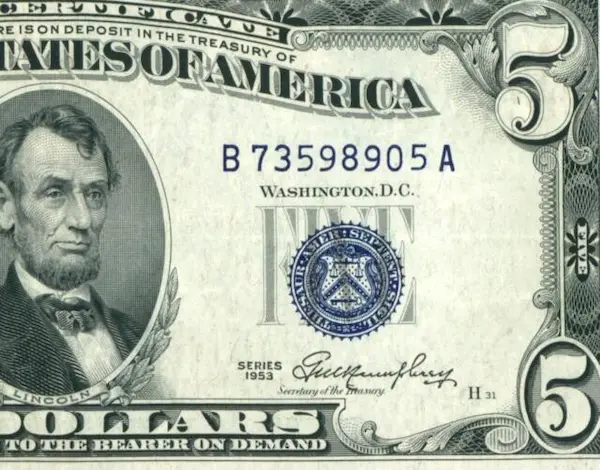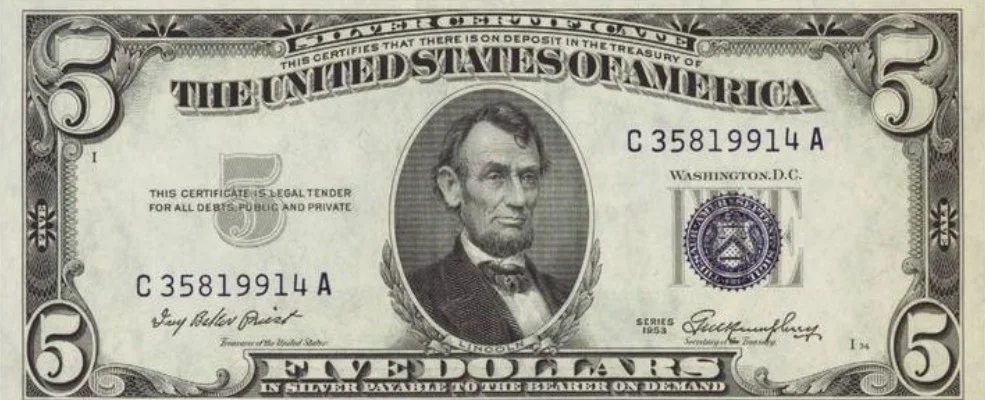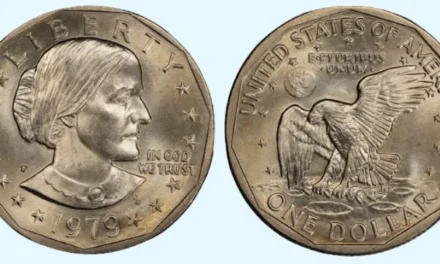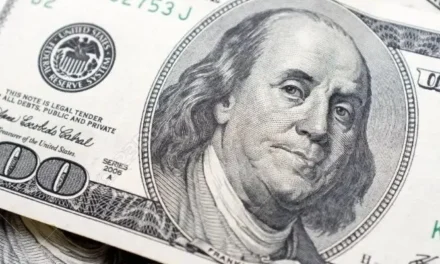Have you ever stumbled upon a 1953 Blue Seal $5 Dollar Bill and wondered about its history and significance?
This article aims to provide you with insights into its design, value, and the unique characteristics that make it a noteworthy piece of American currency.
Design and Features
The Blue Seal
The most distinctive feature of this 1953 $5 Dollar banknote is, of course, the blue seal. This seal signifies that the bill was once redeemable for its face value in silver coin, adding historical significance to the note.
The Portrait of Abraham Lincoln
On the front of the bill, you’ll find a dignified portrait of Abraham Lincoln, the 16th President of the United States. Lincoln’s image on the $5 bill pays homage to his enduring legacy and his role in preserving the Union during the Civil War.

Value and Collectibility
Collectors are often drawn to the 1953 Blue Seal $5 Dollar Bill due to its unique design and historical context. Some collectors seek bills in uncirculated condition, which means they are in pristine, never-used state.
Price of blue Seal $5 Dollar Bill Silver Certificates
The value of a 1953 Blue Seal $5 Dollar Bill can vary based on factors such as its condition, rarity, and collector demand. Bills that are in exceptional condition and feature low serial numbers are often more sought after by collectors.
It is not a very expensive banknote, that is why it can be found between 6 and 40 dollars, depending on the aspects mentioned above.
Over the years, the value of these bills has appreciated, making them an intriguing option for collectors looking to invest in tangible assets. However, it’s essential to consult with numismatic experts or collectors’ guides to determine the current market value of specific bills.
Discover the history of the 1953 Blue Seal Dollar banknote
The Blue Seal 5 Dollar holds a special place in the realm of American currency. It is part of the Silver Certificate series, a type of U.S. paper currency that was issued in the mid-20th century. The blue seal distinguishes it from other denominations and adds a touch of elegance to its design.
This particular bill was issued during a period of significant change in U.S. currency. The mid-20th century saw the gradual transition from Silver Certificates to Federal Reserve Notes. Understanding the historical context adds depth to the appreciation of this bill.
Related posts:






